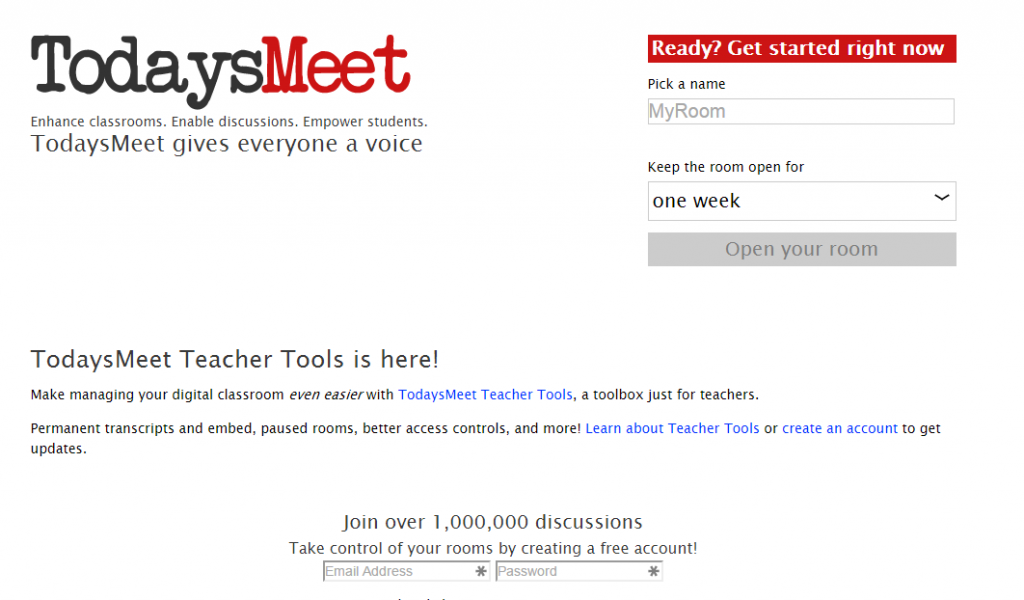Do you backchannel?
When I attend professional conferences, I often participate in the conference backchannel using Twitter to tweet from the keynote presentation and the concurrent sessions that I attend. I will also follow the backchannel while I’m not in sessions and look for the archive of all the tweets (sometimes created using a tool like Storify) so I can access links to resources that others share. This has become such a common practice at most conferences, that establishing a hashtag (#<insert short name here>) is just another item on the to-do list for conference committee members. The Educause Annual Conference always uses #edu and the year of the conference, so for example #edu15.
So what is a backchannel? It is a way for people attending a conference, event, meeting, or class to ask questions, interact, or share resources via various online tools. Twitter is one of the more popular choices for conferences and events, but there is a growing adoption of backchannels in higher education classrooms as well.
The philosophy behind using a backchannel in a college class setting is rooted in the idea that not every student feels comfortable raising their hand to ask a question. In addition, on certain platforms it can give students the opportunity to take a level of ownership of their learning experience by posting and responding to fellow student questions in a comfortable online setting. Or it can provide a platform for post-classroom follow-up by a faculty member to concepts that a majority of the students struggled to understand but did not have the opportunity to ask about in class or via another online forum.
Twitter is one option for a backchannel for courses using a custom hashtag like #eng110 for English 110. Other solutions for a live face-to-face class backchannel include TodaysMeet, BackChannel Chat, and Question Cookie. There is a level customization with some of the backchannels and some, like TodaysMeet are fairly straightforward. Name your room, decide how long to keep it open, and get started.
Other service like Hotseat by Purdue University and LectureTools add the option of learning analytics based on student activity, the ability to upload PowerPoint slides, and options for students to participate using SMS or iPhone or Android apps. Purdue University is currently taking Trial Applications for higher education users outside of the university to use the service. LectureTools, owned by Echo360, sells itself on the ability for faculty to receive real-time feedback on student questions, enable anonymous student participation, polling, and use low-stakes quizzing to measure student understanding, all during a live class.
Clearly there are many choices for creating a backchannel in a course and the level of complexity is determined by the chosen tool. Whatever platform is chosen, the goal of creating a backchannel is to provide students, regardless of their comfort with social presence, the opportunity to interact with faculty and peers.


